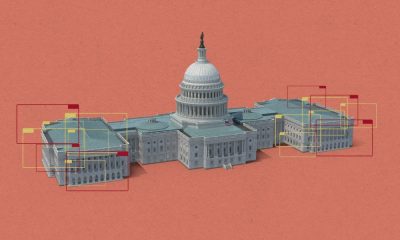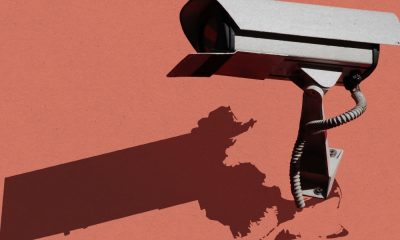In the early days of the pandemic, face shields were such a big deal. But they most likely didn’t give the intended high level of protection against COVID-19, according to new research.
Done by a team of researchers from the University of East Anglia, a recently published study compared 13 styles of face shields in laboratories with controlled settings.
While the results stated that all of the face shields provided some level of defense, none of them gave high levels of protection against external droplets.
Aside from studying face shields in the lab, the researchers surveyed people, including 240 health care workers in middle-income countries – like Brazil and Nigeria – about their views on using face shields as personal protective equipment (PPE). They found that prospective users prefer PPE that provides a secure fit, good visibility, comfort, has validated protectiveness and does not constrict or disrupt communication.
“Face shields have been popular because they don’t hinder breathing, they allow more natural communication than face masks and they provide splash protection,” said Prof Paul Hunter, from UEA’s Norwich Medical School.
“They were widely used through the Covid pandemic. But until now there hasn’t been a great deal of evidence about how protective they really are – particularly taking into account how people use them in the real world, and especially in poorer parts of the world,” he added, noting that they wanted to find out just how protective different types of face shields could be in both real world and lab-controlled settings.
The UEA researchers collaborated with Health and Safety Executive (HSE) staff to test different face shield designs with a “coughing machine” that ejected fluorescent drops onto mannequin heads.
“We found that large gaps around the sides, and sometimes the bottom or top, allow respiratory droplets from other people to get to the face, and this means exposure to possible viruses,” noted Norwich Medical School’s Dr Julii Brainard.
She said the shields that offered the best protection were the ones closed across the forehead and extended around the sides of the face.
According to the team, the study’s significance focused on the effectiveness of facial PPE in poorer countries since other studies tackled high-income countries.
















